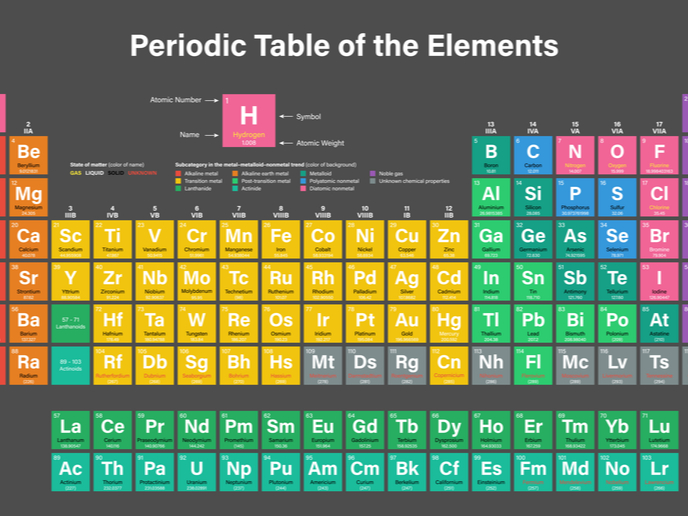Modern alchemy? New technique investigates synthesised elements
Reminiscent of medieval alchemists’ quest to convert base metals like lead into gold, scientists are increasingly focusing on producing and analysing superheavy elements (SHEs) that have no existence outside the lab. Synthesised in single-atom-at-a-time quantities by utilising large accelerator facilities, SHEs help researchers shed new light on how matter in the universe behaves. Found at the bottom section of the periodic table of elements, SHEs contain a large number of protons in their nucleus. They don’t occur naturally within Earth’s crust and only exist briefly under highly controlled circumstances. They are radioactive and decay rapidly, often within split seconds with only little time to investigate them. Supported by the EU-funded LRC project, a team of scientists proposed a new technology for measuring the spectra of ions in SHEs with atomic numbers above 102. A spectrum refers to the characteristic wavelengths of electromagnetic radiation that is emitted or absorbed by an object or substance, atom, or molecule making a transition from a high energy state to a lower energy state. The research results were published in the journals ‘Physical Review Letters’(opens in new window) and ‘Physical Review A’(opens in new window). According to a press release(opens in new window) by LRC project host Johannes Gutenberg University Mainz (JGU), despite the discovery of SHEs decades ago, their investigation by optical spectroscopy tools lags “far behind the synthesis. This is because they are produced at extremely low rates at which traditional methods simply do not work. So far, optical spectroscopy ends at nobelium, element 102 in the periodic table.” Quoted in the same press release, Dr Mustapha Laatiaoui comments: “Current techniques are at the limit of what is feasible. From the next heavier element on, the physicochemical properties change abruptly and impede providing samples in suitable atomic states.”
LRC approach
As explained in the JGU press release, the researchers’ new laser resonance chromatography (LRC) approach to optical spectroscopy “combines element selectivity and spectral precision of laser spectroscopy with ion-mobility mass spectrometry and merges the benefits of a high sensitivity with the ‘simplicity’ of optical probing as in laser-induced fluorescence spectroscopy.” The press release adds: “Its key idea is to detect the products of resonant optical excitations not on the basis of fluorescent light as usual, but based on their characteristic drift time to a particle detector.” The study covered “singly charged lawrencium, element 103, and on its lighter chemical homolog. But the concept offers unparalleled access to laser spectroscopy of many other monoatomic ions across the periodic table, in particular of the transition metals including the high-temperature refractory metals and elements beyond lawrencium,” as stated in the same press release. “Other ionic species like triply-charged thorium shall be within reach of the LRC approach as well. Moreover, the method enables to optimize signal-to-noise ratios and thus to ease ion mobility spectrometry, state-selected ion chemistry, and other applications.” The researchers believe that the spectroscopic characterisation of SHEs is crucial for cosmology, astrophysics and the advancement of atomic structure theory. They plan to use the new technique for other SHEs beyond lawrencium. The LRC (Laser Resonance Chromatography of Superheavy Metals) project will run until May 2024.



